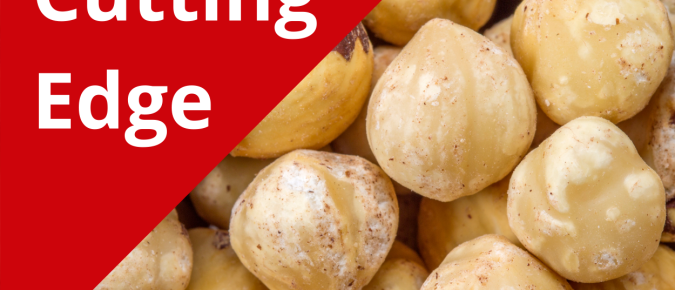Late summer seeding is an excellent way to establish stands and is actually the preferred time of year to seed in many regions. But your decision to late summer seed should be based on weather conditions (temperature), available soil moisture, and your projected forage needs (importance of having a fully productive alfalfa stand available next spring vs. direct seeding).
An interview with Dr. Julie Dawson, Associate Professor in the Department of Horticulture at UW-Madison, and Dr. Scott Brainard, Research Associate at UW-Madison and Tree Crop Breeder at Savanna Institute, about recent progress in breeding American and hybrid hazelnuts. Resources Upper Midwest Hazelnut Development Initiative Savanna Institute
Join Jerry Clark, UW -Madison Agriculture Extension Agent for Chippewa County, as he discusses the University of Wisconsin industrial hemp trials being conducted in Chippewa County, WI.
Join hazelnut researcher Jason Fischbach as he traverses the state of Wisconsin to visit hazelnut research trials, farms, and processing facilities. Heading south from Ashland , his first stop is the Kickapoo Culinary Center in Gays Mills where Pete Lammers describes hazelnut feeding trials in cooperation with Iowa State University. Then Paul Ronsheim, grower and […]
September 22, 2021 12:30-1:30 pm Local Update Michael (Mike) Ballweg, Extension Crops and Soils Agent Cropping Systems and Practices that Build Soil Carbon Randy Jackson, UW-Madison Agronomy Professor Setting Up the Winter Wheat Crop for Success Shawn Conley, UW-Madison Extension Soybean & Small Grain Specialist
Aphanomyces root rot (ARR) is a serious disease of both recently seeded alfalfa and established alfalfa stands. ARR can cause severe yield reductions in affected alfalfa fields. Variations of the disease also occur on many other legumes (including soybean, snap bean, faba bean, red kidney bean, pea, red clover, and white clover) and can cause significant losses in these crops as well.
The selection of corn hybrids and soybean and small grain varieties has a major influence on yield and overall profitability of crop production. The disparity in yield between varieties on both ends of the spectrum is quite large. At the University of Wisconsin, corn hybrid research has shown an average yield spread of 70 bushels/acre […]
Trying to decide what agriculture enterprise is right for you? An online tool from UW-Madison Extension helps you determine which is the best fit for you.
Limiting the spread of weed seed between fields is a key part of an integrated pest management system. This is especially important, because the weeds present at harvest were allowed to produce seed and have survived other control attempts during the growing season. These weed seeds, if allowed to spread and germinate, have the potential to become difficult to control elsewhere.
Stress in the seeding year reduces future yields of alfalfa. This occurs because the seeding year determines the stand plant density as well as individual plant size and vigor. The following paragraphs will show that autotoxicity, potato leaf hopper, cover crop, and, possibly, drought stresses in the seeding year will reduce alfalfa yield in future years, even when the stress is gone.
The decision to take a late summer or fall cutting of alfalfa should be considered carefully. A farm should evaluate current forage needs, economics, stand health, and timing to make the best decision for their individual situation. Although the need for more forage may override some other factors, the timing of harvest is still critical. […]
















